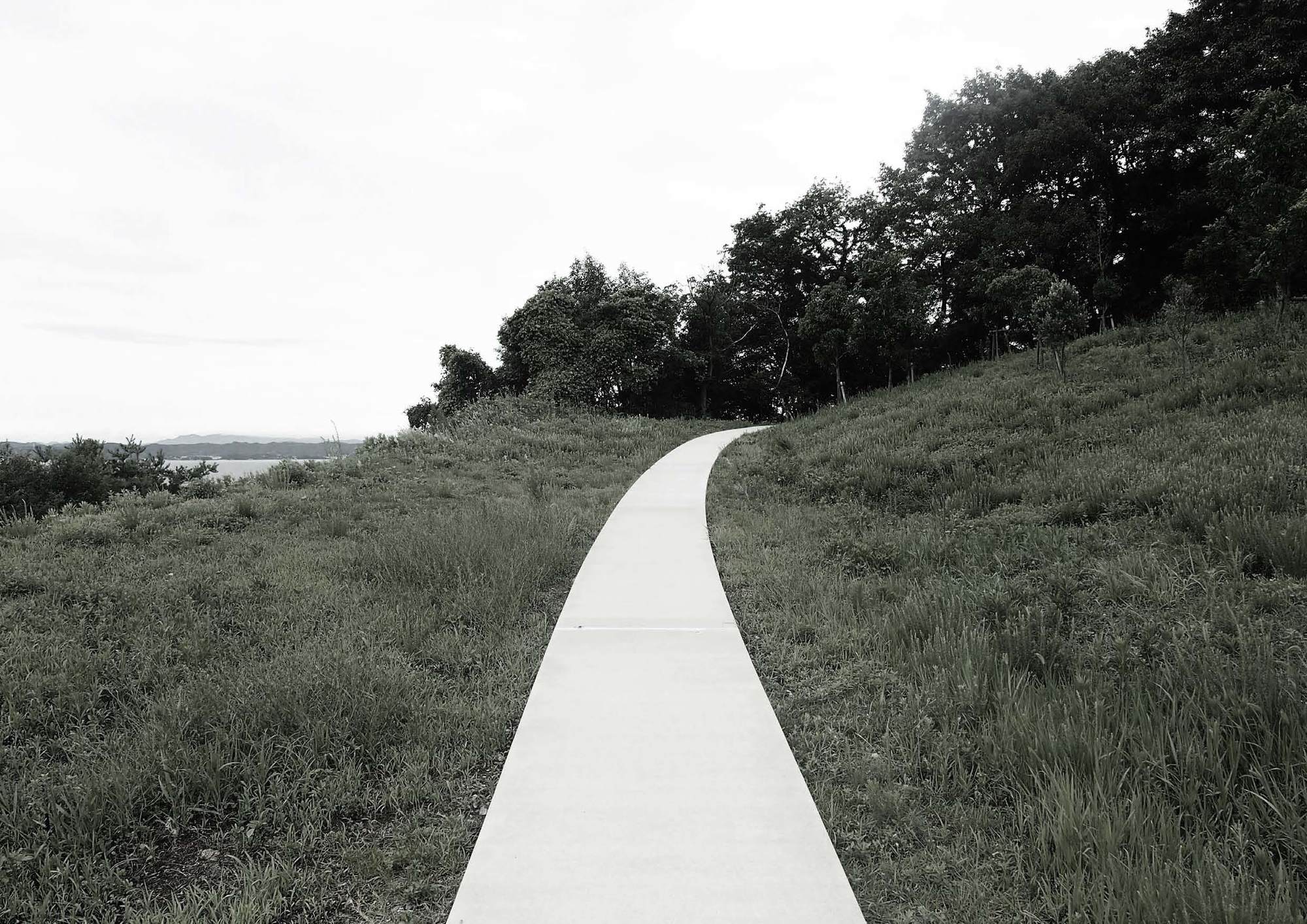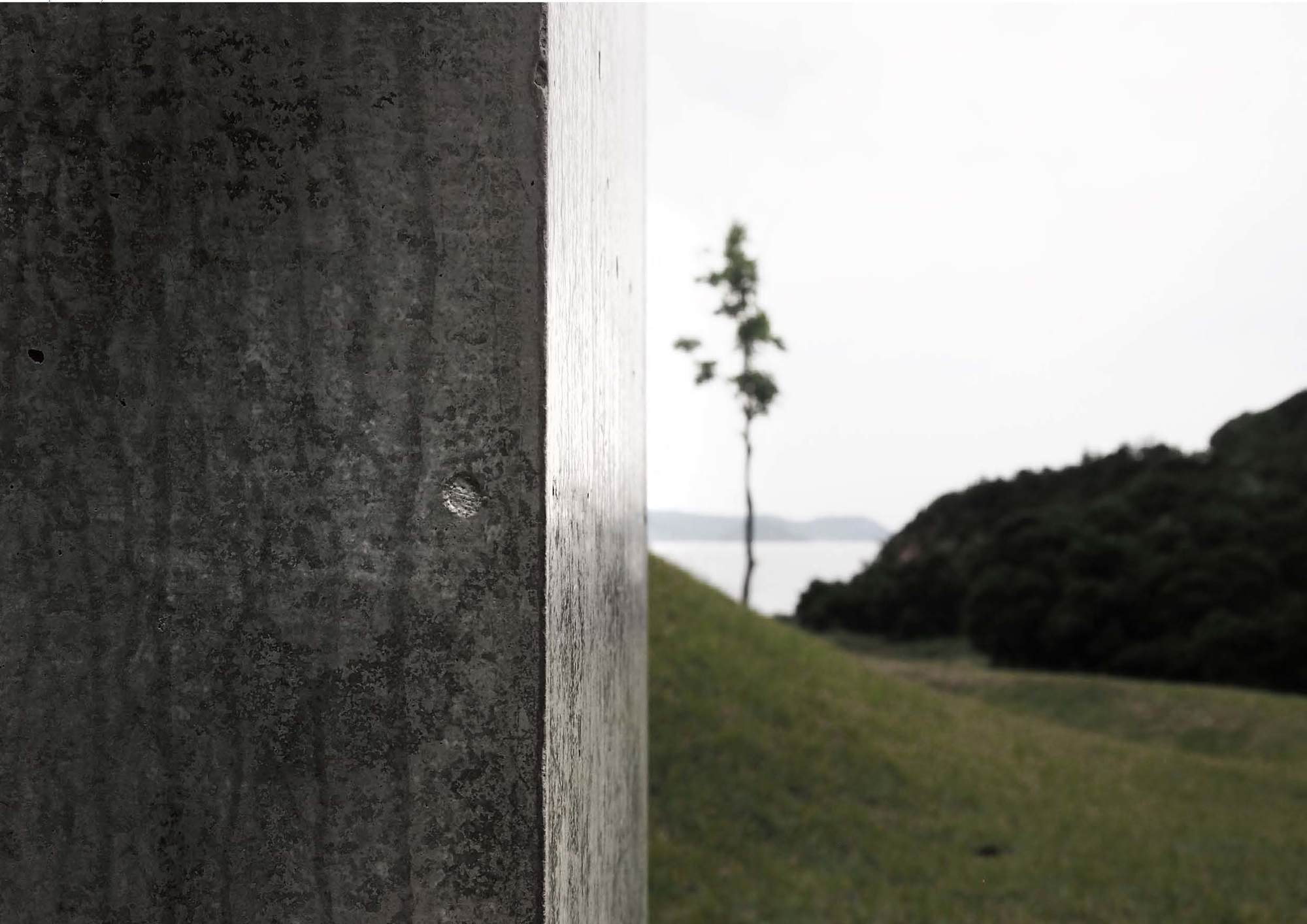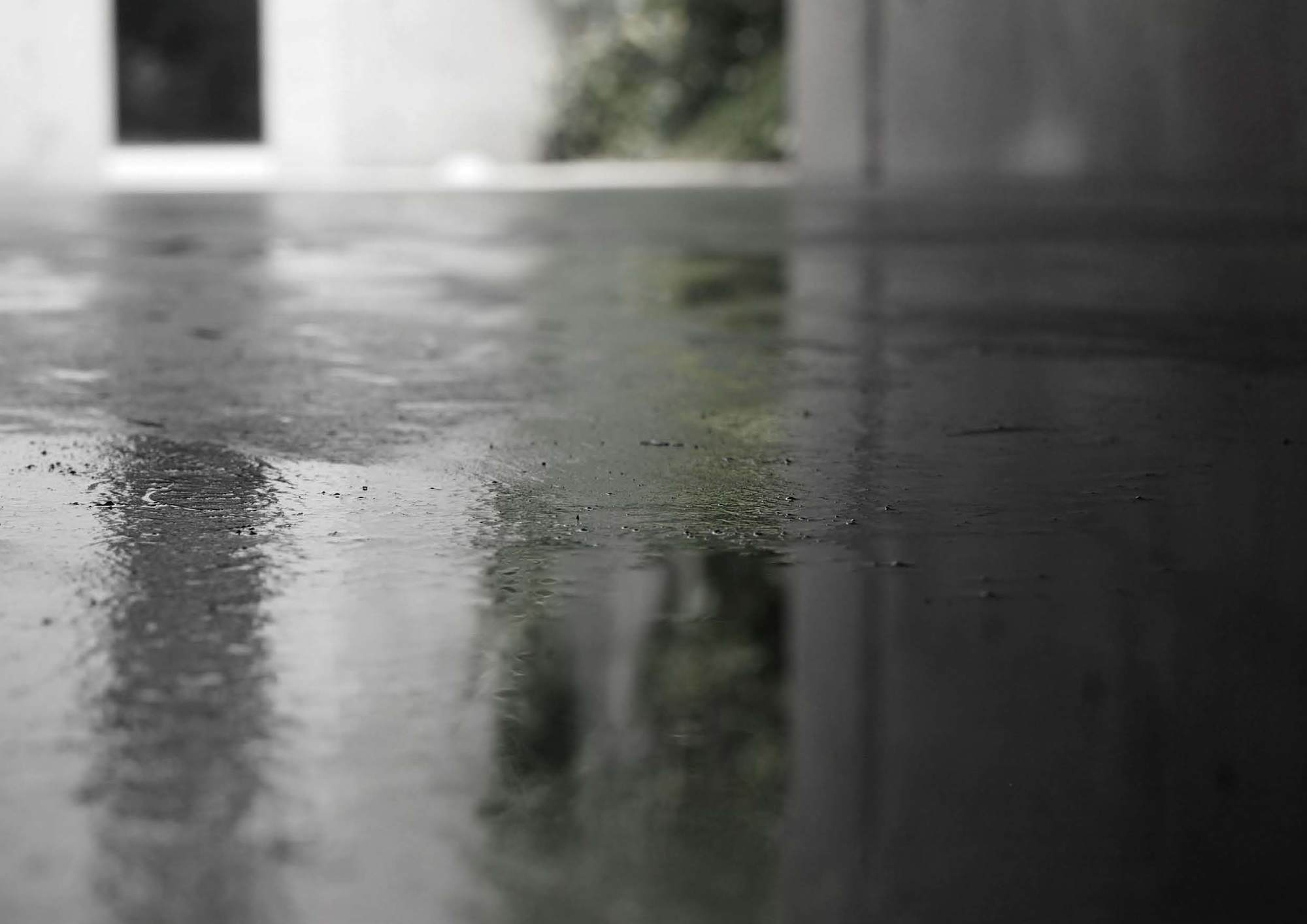
Melissa Lawson of 7N shares her extraordinary photographs, Contemporary Japanese Landscape from her time as The Robert Callender Artist in Residency.
Robert Callender
Robert Callender (1932 to 2011), was born in Kent and moved to Scotland as a teenager where for six decades he worked as an artist in Edinburgh and Fife. His career focused around notions of coastal environments, a fascination with the sea and the construction of the frames of boats and an interest in mixed media from painting to sketch rubbings and sculpture in the form of collections of carefully curated found objects. His work, driven by the craft of making, inspired me throughout my architectural education, in particular my final degree year. As the Edinburgh College of Art Robert Callender Artist in Residency recipient of 2014-15, I travelled to Japan to embark on my own series of work, cultivated by his influence. Robert Callender’s alignment with Japan came about through his interest in Japanese techniques in the tradition of papermaking. The country and culture became a place that was special to him. The residency in his name allows Japanese and Scottish artists to experience and exhibit work in both these contrasting contexts.
“Robert Callender’s alignment with Japan came about through his interest in Japanese techniques in the tradition of papermaking. The country and culture became a place that was special to him.”
Residency
Collaboration is a key factor in the design and construction industry, and as an architect, I work with other designers, engineers and many types of consultants on building projects. However, the residency at CASO Gallery in Osaka provided me with a unique opportunity to collaborate with artists from different disciplines. Sharing a studio with 6 artists whose work included sculpture, painting, fashion, and installations using newspaper, coloured wool and timber, was a unique experience. At our first meeting we discussed where in the gallery each of us would prefer to exhibit. This influenced outcome of our work throughout the residency. We thought about each artist’s work and how viewers of the exhibition would circulate the gallery.
Although communicating with the Japanese artists was difficult at first, it didn’t form any boundaries or limits to what could be achieved. We discussed each other’s work frequently to understand everyone’s end objectives, learning from one another over the course of the residency. The gallery - a converted warehouse - was a quiet calm place to develop ideas, first impressions and final conclusions. After spending a few days gathering my thoughts on my new surroundings, it became clear that the work I would produce would be in the form of digital photography - a medium that I had always aimed to explore in depth and test my ability in creating and curating a complete series of works.
“The residency at CASO Gallery in Osaka provided me with a unique opportunity to collaborate with artists from different disciplines.”
Photography
Photography is an interest that I have always had, but not had the opportunity to fully explore. Many photographs were captured at the first stage of my trip while based in Osaka and travelling to Kyoto however a common link still had to be defined. The notion of buildings in the context of land and water and the pragmatic impacts of design – a subject I had previously explored – began to form the basis of my project, but I only fully realised the vision for my work when I had captured the first photograph - ‘route line path.’ From then on, the body of work came together naturally. Providing the photographs with a three-word title allowed me to focus the subject; I had an understanding of what I needed to achieve and each photograph led me to a focus for the next in the series.
“The notion of buildings in the context of land and water and the pragmatic impacts of design – a subject I had previously explored – began to form the basis of my project.”
Japan Series
The final series of photographs came together a few weeks into my 6-week trip to Japan. I produced the photos while journeying to many buildings I had already planned to visit, including The Teshima Art Museum designed by architect Ryue Nishizawa and Japanese artist Rei Naito and Tadao Ando’s Chichu Art Museum, which is sunk into the landscape to emphasise the relationship between built form, light and human interaction. Works by Claude Monet, James Turrell, and Walter De Maria are hidden within core of this building.
Intrigued by the surrounding context, I began documenting places and spaces as I island hopped, discovering the coastlines and buildings on the edge of the landscape. My work was mainly formed on Naoshima, Teshima and Awaja Island but was also influenced by my early travels to Kyoto and finally brought together back in Osaka where I reflected on my findings. The series of photographic works set out to convey a journey of discovery beyond the built context, where the relationship between architecture, space and nature is questioned. Through the analysis, the 'sense of architecture and place making’ is exposed through elements of reflection, material, texture, and light.
Wandering across the islands inspired the idea to investigate how architecture can impose on the surrounding natural habitat. The importance of nature in the photographs is conveyed through the dominant green elements apparent in each, and clearly visible against the intense sky light and varied textured tones of building materials. Water, views to the landscape or skylight reflections demonstrate the connection beyond the immediate boundary of the photograph. The coherence of these elements unites the photographs into a continuing study, even while the place of the subject constantly changes.
“The series of photographic works set out to convey a journey of discovery beyond the built context, where the relationship between architecture, space and nature is questioned.”
Residency Part II
Reflection on the work produced and exhibited in Japan came about one year later. I spent the summer months of 2015 based at Robert Callender’s Fife studio – The Sea Loft - where his partner, Environmental Artist Elizabeth Ogilvie lives and works. As the name would suggest, The Sea Loft, a studio where many artists undertake residencies, is located by the beach in Kinghorn. Working here, I was able to understand and interpret first-hand Robert Callender’s environmental influences, while producing a new series of photography work which focused on the studio’s surroundings. Both residencies, in Japan and in Scotland, enabled me to test my ability in photography, explore new contexts and recognise the accomplishments that can be achieved when collaborating with artists from varying art disciplines. It was Robert Callender’s acknowledgement of the value of such residencies which now provides on-going opportunities for young artists internationally.




